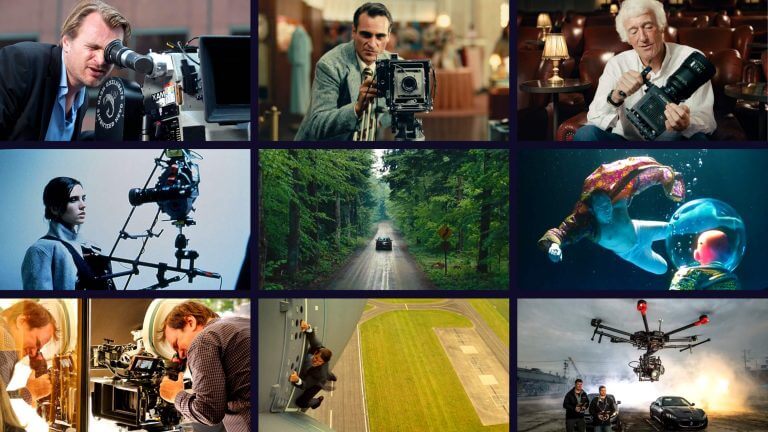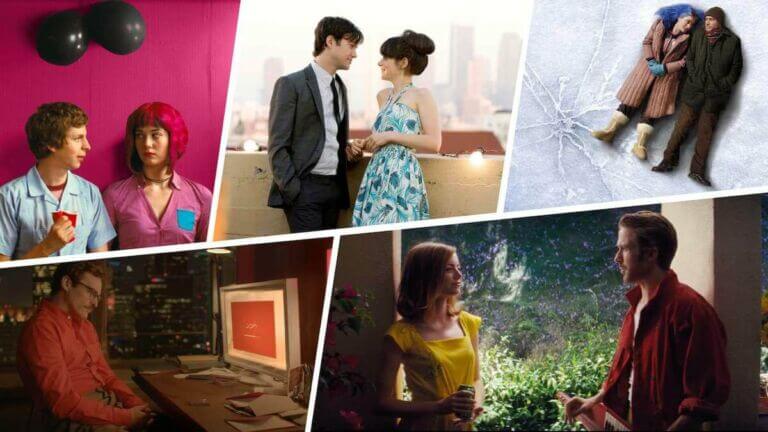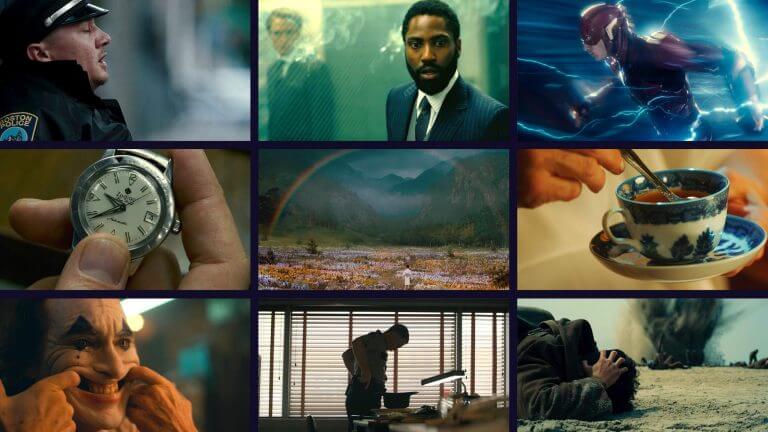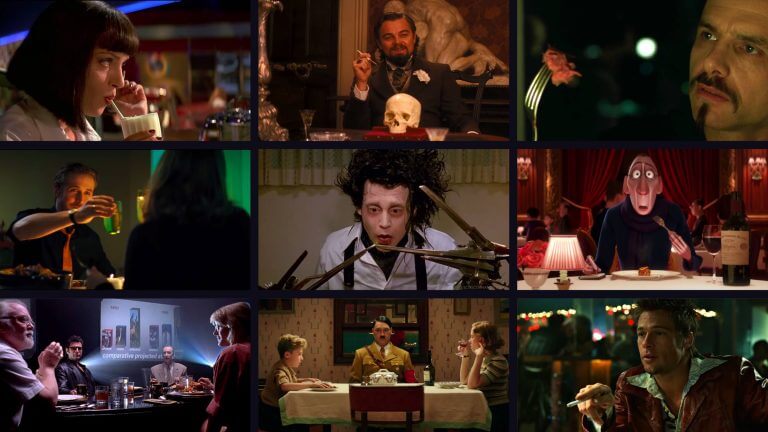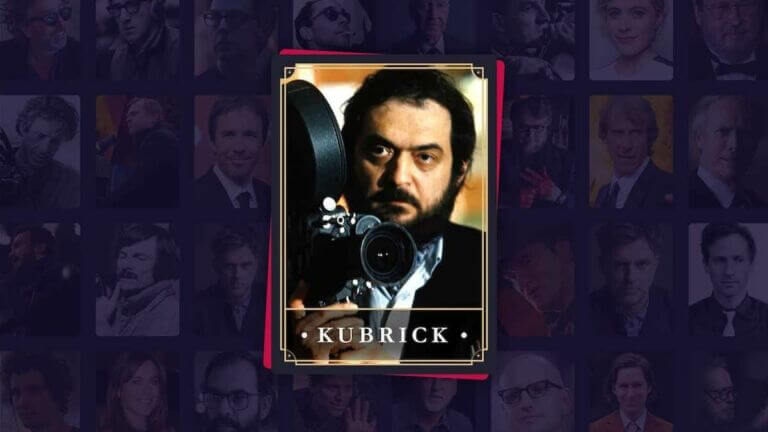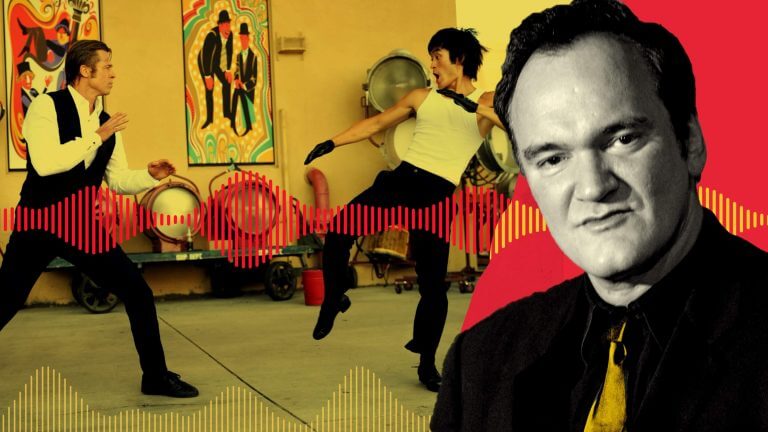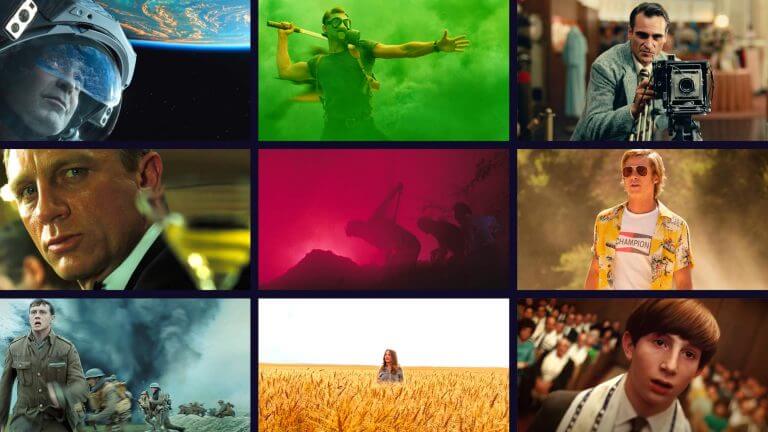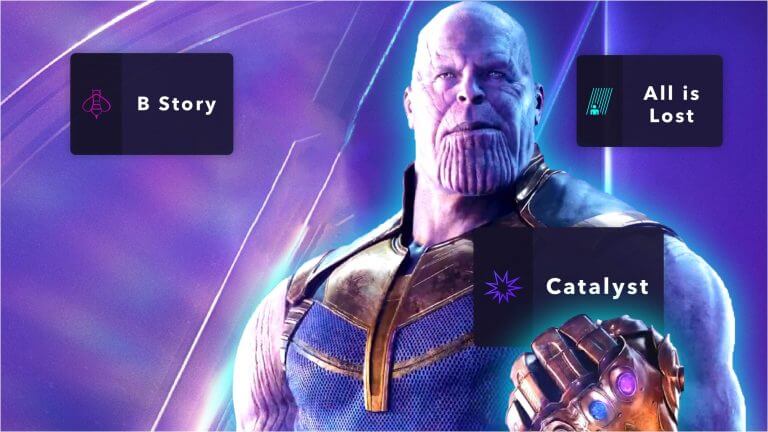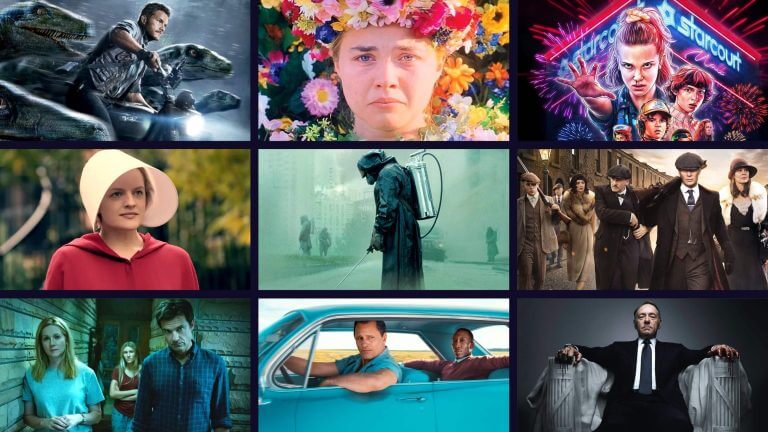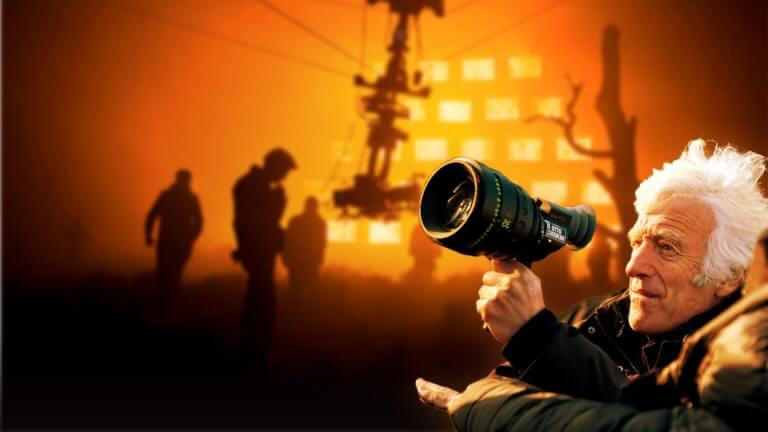Shot SizeShot FramingCamera AnglesCamera FocusCamera GearCamera MovementCamera Lenses When faced with a blank canvas, a painter must first choose their brush, colors, and subject before they even make a single stroke. Similarly, a filmmaker approaches a shot by first choosing the right tools that serve their story. Some of the most impactful tools to how a shot both looks and feels are camera rigs.Camera rigs are camera support systems that help cinematographers add specific movement to a shot. However, they can also be camera gear that move a camera in a completely unique way. We’ll break down the most fundamental…
From romantic comedies to dramas, many films require a scene where the future love interests meet. There’s love in their eyes, even if one or both of them don’t realize it yet. This is the meet cute, and if you’re writing a script with a romantic plot, then you need to know how to answer, “What is a meet cute?” It's often regarded as a cliche staple of romantic genres but it can be much more than that. Let's look at some meet cute examples from movies that elevate these scenes beyond the cliche. Then we'll talk about the four…
If you know how to adjust your aperture on your digital camera, you’re much closer to mastering lighting and nailing the right exposure for your shots. Without knowing how to use aperture, and how it works with other camera settings, you could be at a real disadvantage when it comes to creating quality images and video. So what is aperture and how does it work in visual storytelling?Continue reading What is Aperture — Ultimate Guide to the Camera Aperture and Depth of Field
The dinner scene. We’re all familiar with an awkward dinner, but some films elevate this mundane practice into pure art. Screenwriting is all about writing what you know, and these writers knew the dinner table was an ideal place for horror, dramatic irony, and comedy. These are the best dinner scenes in movies of all time.Continue reading Best Dinner Scenes in Movies and Why They Work
The saying goes, “If you’re going to steal, steal from the best.” So, is Stanley Kubrick the best? For many filmmakers, the immediate answer is yes. The harder question is “why?” Like a great magician, we appreciate the end result without knowing how it was done. There is certainly a lot of “process” in his work. Kubrick doesn’t just conjure greatness out of the ether. The preparation, the details, the ability to take as much time on a project as he wanted. These elements can be seen, heard, and felt on the screen. Here we present the Stanley Kubrick directing…
It is impossible to overstate how important a role audio plays in the film viewing experience. While it’s perfectly natural to be drawn to the visual side of filmmaking, those striking visuals don’t hold the same weight without strong cinematic sound design to back them up. Whereas a painting is purely visual and a song can be purely aural, cinema combines sight and sound for a unified experience where one bolsters and elevates the other. Read on to learn about the role of the sound designer and other sound design jobs, the fundamentals of sound design, and to check out some…
Dof basicsShallow dofDeep dofDOF GuideTYPES OF CAMERA FOCUS Shot SizeShot FramingCamera AnglesCamera FocusCamera GearCamera MovementCamera Lenses Camera focus is more than just making sure your image is sharp and detailed. When you consider the storytelling value of shallow focus or how a rack focus can guide the eye, a whole new world opens up. Directors and cinematographers can manipulate the depth of field in film or photography for a variety of purposes. As you complete your next shot list, don't forget this vital aspect of image making. Today, we're going to review the different types of camera focus, how they…
Every story is broken up into sections: arcs, acts, scenes, and yes, beats. Of all the structural elements of a story, beats are the smallest. But what is a story beat in a screenplay and what's the difference between a story beat and a beat meant to signify a pause in action or dialogue? We’re going to answer these questions by looking at some examples from Marriage Story, and Die Hard, but first, let’s review how writing beats are used.Continue reading What is a Story Beat in a Screenplay? Definition and Story Beat Examples
When making a movie, it can be a struggle to decide between the two most common widescreen aspect ratios: 1.85:1 and 2.35:1. For anyone who has ever felt this struggle, there is an ideal middle ground. We’re talking about the 2:1 aspect ratio which has seen a resurgence in the last decade. In this article, we’ll go over the 2:1 aspect ratio, where it came from, and how it’s been used in movies and TV so that you too can take advantage of this unique frame.Disclaimer: Since 2.35 is often used interchangeably with 2.39 and 2.4, we will do the same…
When it was announced that 1917 would be shot to look like a single take, it quickly became one of the most anticipated movies of the year. While the performances and screenplay were both incredible, many left the theatre wondering the same thing. How was 1917 filmed? While there is no single answer to this question, there are various factors that contributed to the immersive 1917 one shot cinematography. Without further adieu, let’s dive into how they pulled this off.Continue reading 1917 One Shot Explained — How Roger Deakins Shot a “Oner” Film
